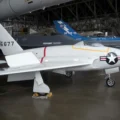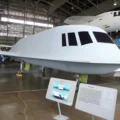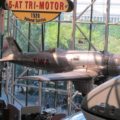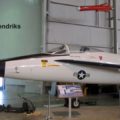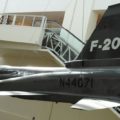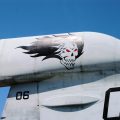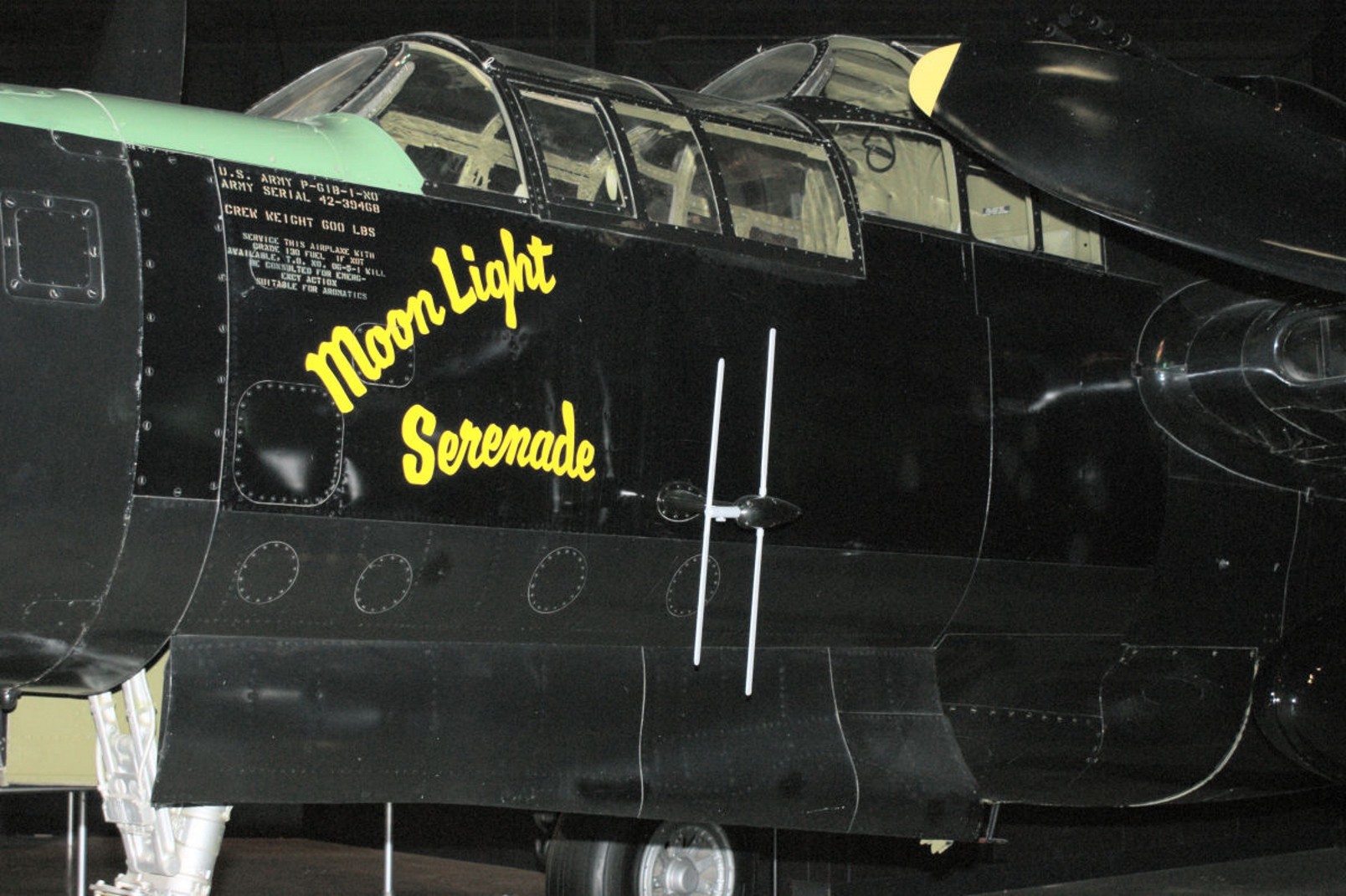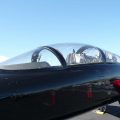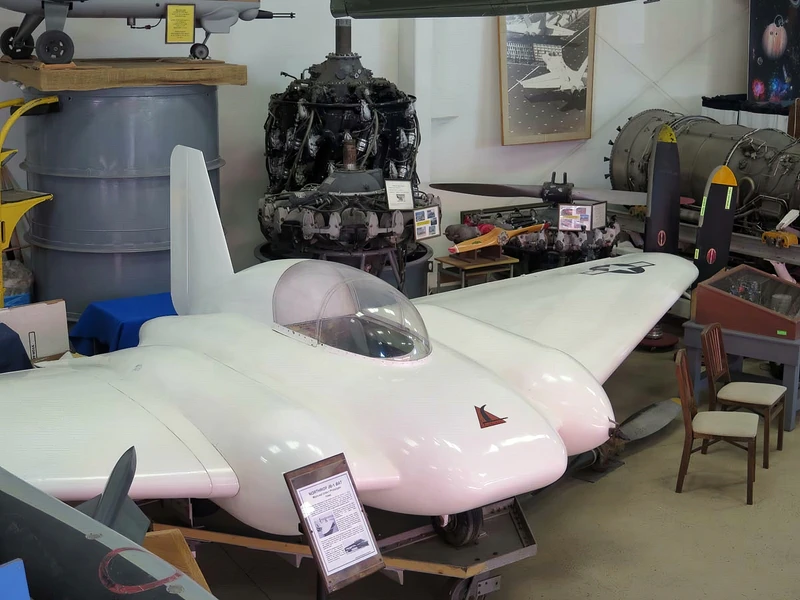
Northrop JB-1 Bat | |
|---|---|
| Maa | Yhdysvallat |
| Rooli | Suihkukäyttöisen lentävän siiven prototyyppi |
| Ensimmäinen lento | 27. elokuuta 1943 |
| Rakennettu | Ei tietää |
Nniiden Northrop JB-1 "Lepakko" oli Yhdysvaltain maasta maahan risteilyohjus, joka oli suihkukäyttöisen lentävän siiven prototyyppi. Yhdysvaltain armeijan ilmavoimien MX-543-ohjelma aloitettiin syyskuussa 1942 käyttämään lisenssillä rakennettuja versioita Frank Whittlen suihkumoottorista (General Electric J31). Northrop Corporation tehtiin sopimus vuoden 1943 lopulla, ja vain 10 JB-1-runkoa rakennettiin. Miehitetty versio hinattiin 1. lennolle "27. elokuuta 1943" Rogers Dry Lakesta ja purjelentokoneversio laukaistiin rakettikäyttöisestä kelkasta ja kaatui joulukuussa 1944. Miehittämätön JB-1, jonka voimanlähteenä on improvisoitu General Electric B-1 -turbosuihkukone, jonka siipiväli on 28 jalkaa 4 tuumaa (8.64 m), teki ensimmäisen lentonsa Eglin Fieldin Santa Rosa -saarelta Floridasta 7. joulukuuta 1944 ja kaatui 400 metrin päässä kiskon kantoraketista.
| Northrop JB-1 Bat Walk Around | |
|---|---|
| Photographer | Vladimir Yakubov |
| Localisation | Western Museum of Flight, Torrance |
| Photos | 40 |
Katso myös:
Nniiden Northrop JB-1 Lepakko was a jet-powered flying wing cruise missile developed by Northrop Corporation during World War II. It was intended to be a surface-to-surface weapon that could deliver a 900 kg (2000 lb) bomb to a target up to 400 km (250 mi) away. The JB-1 Bat was inspired by the German V-1 flying bomb, which was discovered by the Allies in 1942. The JB-1 Bat used two General Electric B-1 turbojet engines, which were derived from a turbosupercharger design. The JB-1 Bat had a wingspan of 10.4 m (34 ft) and a length of 6.4 m (21 ft). It had a maximum speed of 640 km/h (400 mph) and a cruising speed of 480 km/h (300 mph).
The JB-1 Bat was tested as a manned glider and as an unmanned missile. The first flight of the glider version took place on August 27, 1944, with test pilot Harry Crosby at the controls. The first launch of the missile version occurred on December 7, 1944, but it failed due to an engine malfunction and an improper elevon setting. The JB-1 Bat suffered from many technical problems, such as engine failures, structural complexities, and overweight issues. Northrop tried to improve the design by using a Ford pulse jet engine instead of the GE B-1 turbojet engines, resulting in the JB-10 variant. However, the JB-10 also had poor performance and reliability. The JB-1 Bat program was canceled in 1946 after only 13 flights, none of which were successful.
Katselukertoja : 1337



